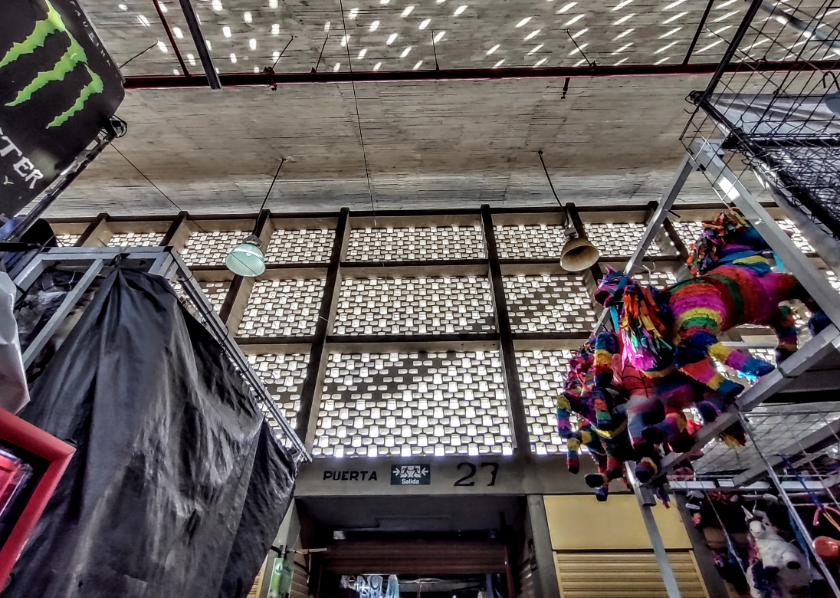 _
_
_
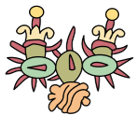
La Merced Market is the city’s largest “traditional market.” It’s east of the neighborhood of the same name, the Barrio La Merced. Today the market is on the very eastern edge of the City center. It was, for many decades, the main distribution center for the entire City. Today that role is carried on by the even larger Central de Asbastos, some 25 minutes south in Iztapalapa.For most visitors today, the main market hall is all the Merced you could need. But it’s in the midst of many other market halls, and the streets are simply crammed. The pages we’ve put together here are intended to make your visit easier, but the Merced is truly a neighborhood of markets. The subject of this page is simply the biggest: the Nave Mayor.
The Nave Mayor of the Merced can be understood as the true heir to the famous Tlatelolco market. That giant market was often remarked upon at the end of the Ancient period. But as that market was supplied via the famous La Lagunilla, a lagoon and canoe docking area, when the lagoon dried up, so did the market. That is how the market came to be on the east side of Mexico City in the area of the Merced Monastery. La Lagunilla, on the other hand, converted to an entirely different kind of market neighborhood.
It may be recalled that the present market began just north of the Merced Cloister, at today’s Plaza Alonso García Bravo. Although begun in about 1862, an actual market building there wasn’t completed until 1880. It then went through a few iterations until the entire site moved in 1957.
Prior to that market though, much of the east of Mexico City was continually mired in a constantly shifting and undulating street market. This was only finally banished from the Zocalo at the end of the 18th century. The Merced was always conceived as a solution to the same crowded situation.
The 1957 Nave Mayor building that we see today arrives to us with all of that history intact. It remains an enormous structure, though it has been built, rebuilt, and had fire prevention equipment installed. One curious detail is that the ceilings of the Nave Mayor are so high, that merchants seem unable to hang much from them. This lends a great deal to the main market’s overall cleanliness.
Inside the Nave Mayor of La Merced Market, there are also several very good places to eat. Any trip here is richly rewarded if you do grab a table. Click here to learn about the other markets within the Merced area.
 55 5522 7250
55 5522 7250

Nearest at 0.07 kms.
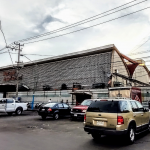
Nearest at 0.11 kms.
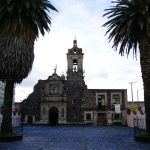
Nearest at 0.12 kms.
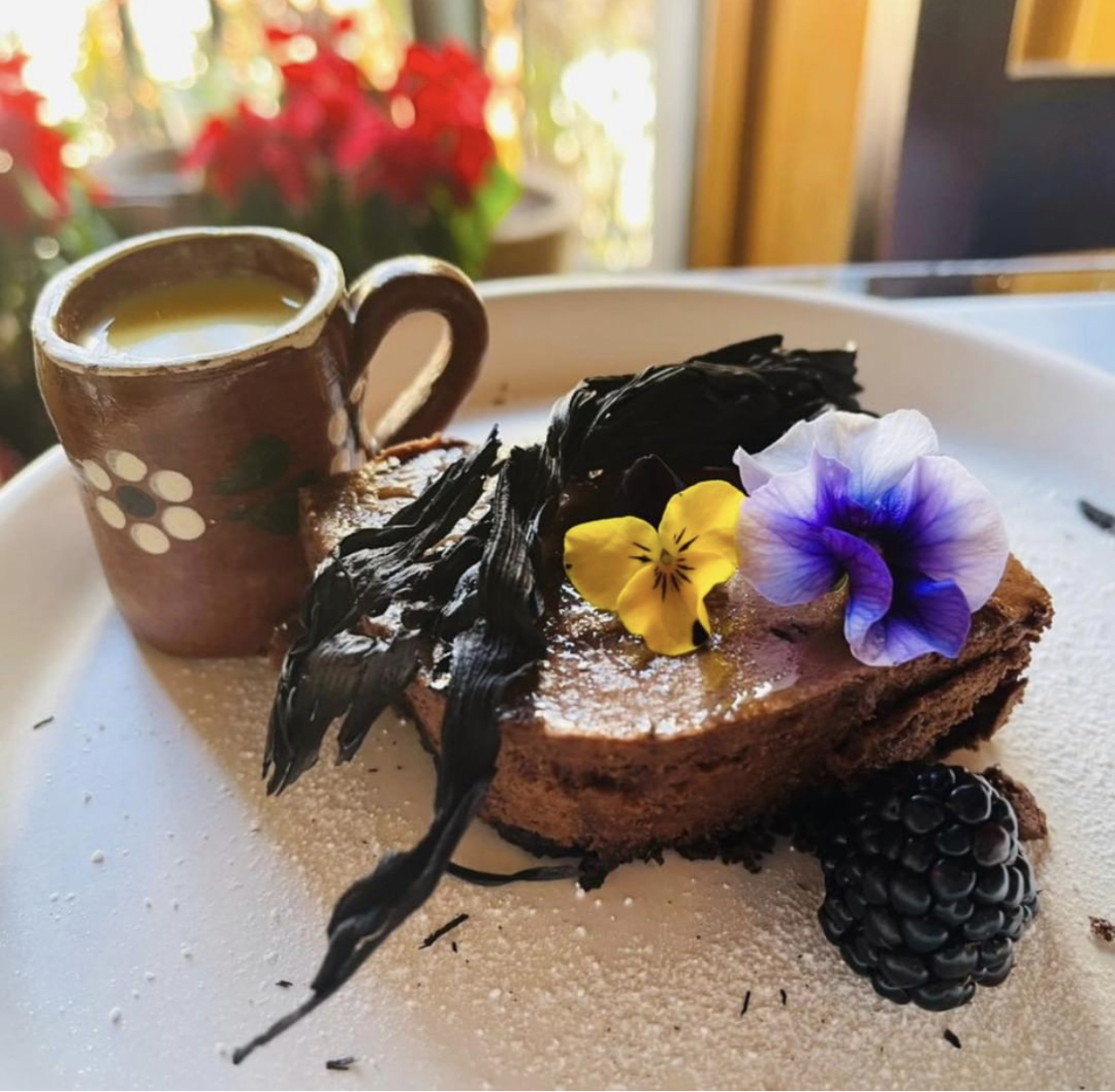
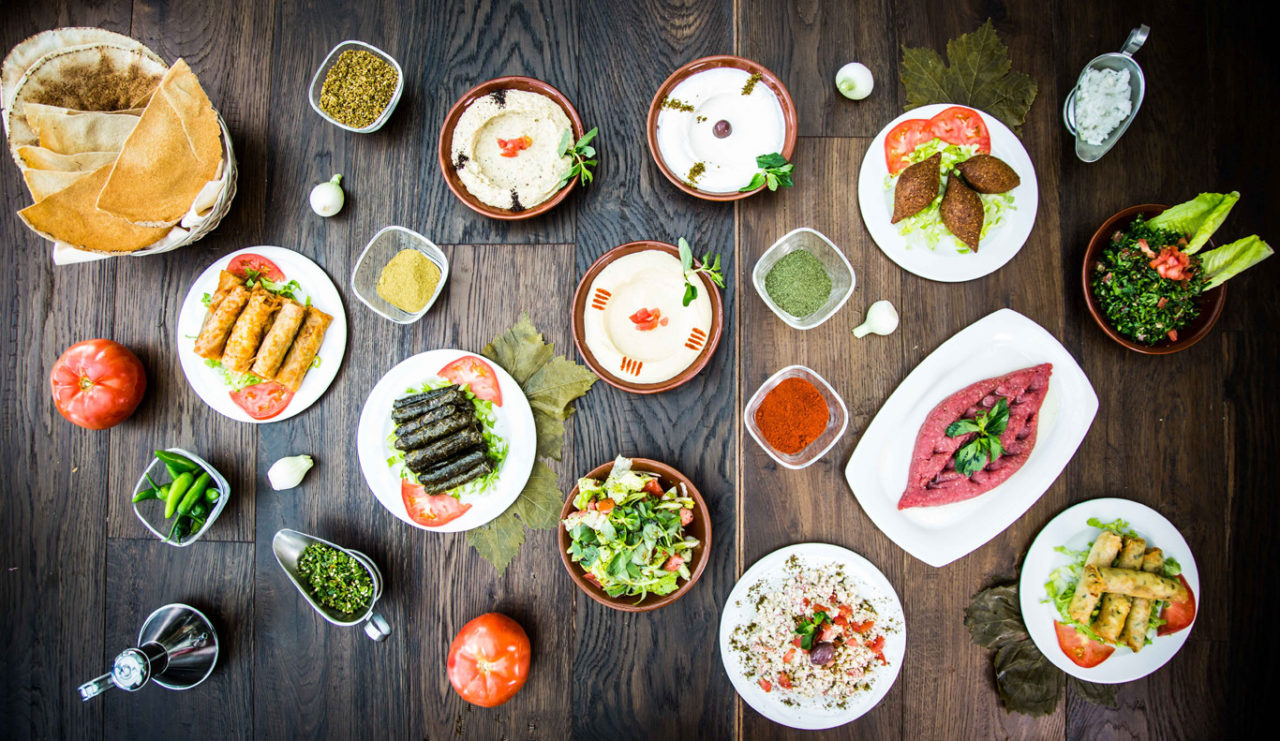

80 years of Diablos Rojos history in one fascinating museum.
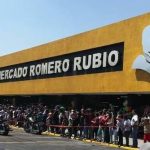
A gigantic market for one of East Mexico City's finest neighborhoods...

A 20-minute walk from the airport is richly rewarded...
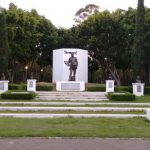
One of Venustiano Carranza's most important natural and recreation areas.
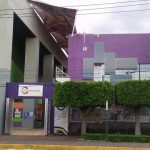
The most important performance and cultural venue in east-central Mexico City